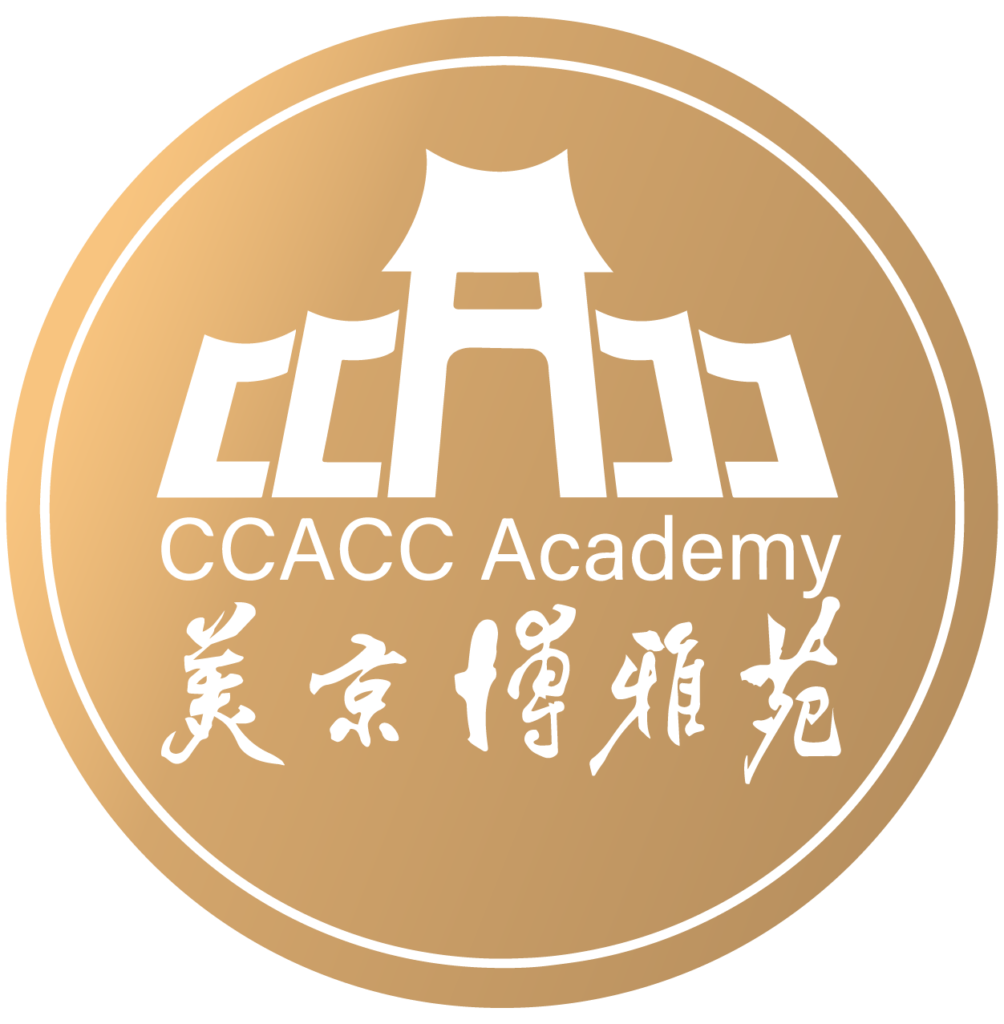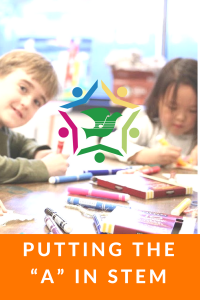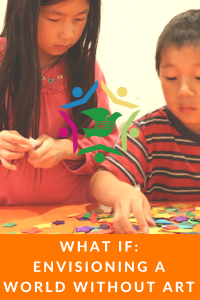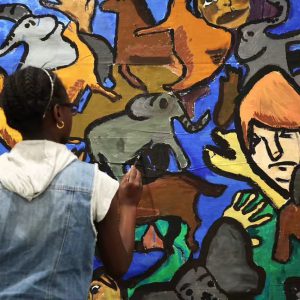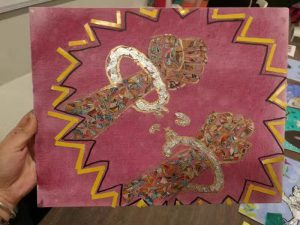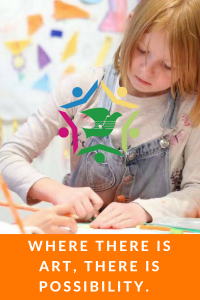By Brittany Kerfoot, Freelance Writer, Language Arts Instructor
Most people know what STEM stands for–Science, Technology, Engineering, and Math–as these subjects are crucial to today’s schools curricula as the world sees more new and exciting innovations every day. Schools and educators alike champion STEM programs in part because the US is falling behind other countries in these areas, and it’s clear we need to start with our young people to catch up to the rest of the world.

While there are many benefits to STEM programs, a new acronym is making its way into the education world’s lexicon: STEAM — Science, Technology, Engineer, Art, And Math. As we continue to recognize the importance of arts for children, both in and outside the classroom, we’ve seen the idea of STEAM gain in popularity…and for good reason.
While STEM is based in practical, logic-based subjects, STEAM would introduce a more creative aspect to the regimen. Not only would this appeal to and challenge a wider range of students, but studies have found that “half brain” education (classes that only target either right-brained or left-brained individuals) leaves students at a disadvantage.
In fact, a study performed by the University of Florida found that, “On average, students who study the arts for 4 years in high school score 98 points higher on the SATs compared to those who study the same for half a year or less.” In addition, “Students who took up music appreciation scored 61 points higher on the verbal section and 42 points higher on the math section.” It’s hard to deny the importance of the arts in every child’s education, whether it be dance, graphic design, or simply drawing and painting.
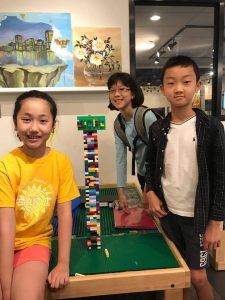
For more information on adding the “A” in STEM, check out STEMtoSTEAM.com, which boasts numerous case studies, resources, and ways you can help promote the arts in your child’s education.
Washington Cathay Future Center is dedicated to a well-rounded curriculum that includes subjects ranging from STEM to Chinese to art. Sign up today to help broaden your child’s horizons and round out their education.
